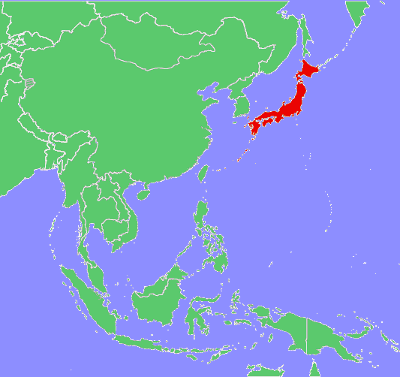
Circle the area on this map

D. With a population of 576,851, Wyoming has fewer people than any other state. The two smallest states by area, Rhode Island and Delaware, each have more people than Alaska, the largest state by area.
A. The United States has an average of 1.6 children for each woman. While Japan’s population is declining at a rate 0.39 of a percent, the U.S. population is increasing at a rate of 0.69 of a percent, according to the CIA World Factbook. Both nations have a fertility rate less than a replacement rate of 2, but the United States has a greater immigration rate.
C. Along with the world’s highest fertility rate, Niger has the youngest population with a median age of 14.8 years. It also is the fifth-poorest nation in the world. Burundi, Somalia and Democratic Republic of Congo are poorer than Niger, but all have young populations with median ages of 18.5 years or less. People of the world’s second-richest nation, Monaco, also are the oldest, with a median age of 55.4 years.
B. The rate of worldwide population growth dropped from a high of 2.1 percent in 1968 to 1.08 percent in 2019, according to the United Nations. UN experts predict the population will grow to 10.9 billion by 2100 and then level off. The explosion in human population has coincided with an explosion of carbon dioxide in the atmosphere, which is rapidly warming the planet.